Whenever I ask a group of Pacific Northwest gardeners what accomplishment they use to evaluate their success as gardeners, they inevitably say “the ability to grow one ripe, red tomato.” So, here are a few growing hints that I would like to share with you, so you can have success in growing more than one ripe, red tomato.
In my opinion, the two key factors in insuring a better yield of top-quality, ripe tomatoes are variety and placement of the plants. Of course, once you have chosen the variety and the plants are situated in the garden, there’s not much one can do to change these conditions. So with that in mind, here are a few things we can do during the summer that should make a difference in this years tomato yield:
LOCATION: If you are growing your tomatoes in containers, make certain they are put in a spot where the plants will get maximum sunlight. The south or west side of the garden is best. In fact, if the pots can be placed against the side of the house, a fence or out-building the heat from the reflected sunlight will be of great benefit in early ripening of the fruit. (If your tomato plants are in the ground, don’t try to move them now.)
WATERING: Run the hose at the base of the plants. Do not water tomatoes with an over-head sprinkler. Water thoroughly when you water, and if it’s not hot, hold off for several days before re-watering. At the same time don’t let the plants lack for water, as that is likely to stunt the plants, and the uneven water supply can can result in blossom end-rot. (This appears as a water soaked area on the blossom end of the fruit.) I find the biggest mistake that home gardeners make is to over-water and over-feed tomatoes, which results in lush foliage growth, cool and moist soil, and just a few, slow ripening tomatoes. Overhead watering can also be a factor in creating blight on your tomatoes. If possible, avoid watering your tomato plants in late afternoon or early evening. The best time to water is early morning, so the soil has a chance to warm-up before the cooler evening hours set-in.
FEEDING TOMATOES: As mentioned, I think over-feeding is one of the biggest mistakes we make in growing tomatoes here in the northwest. Prepare the soil properly when planting, then go light on feeding the rest of the growing season. In my garden I seldom feed tomatoes after planting, unless the plants show signs of yellowing leaves or stunted growth. Then if feeding is needed, use a low-nitrogen vegetable garden type food and apply it at approximately one-half the recommended amount. If it is a dry granular type of fertilizer, be certain to water-it-in thoroughly.
POLLINATION: The wind or a light breeze does a pretty good job of spreading tomato pollen. However, if the plants are flowering and not fruiting it is a good practice to lightly shake or tap the plants. There are also commercial blossom setting products that can be used to encourage fruit set. Be careful, use these products very sparingly. If too much spray is sprayed on the flowers, or if they are sprayed more then once, the fruit is apt to be deformed. It’s a condition called ‘cat-facing’, where the tomatoes end up partially formed and deformed on the blossom end. Fragrant plants like heliotrope, stock or nicotiana can also be planted near the tomatoes to attract pollinators.
CULTIVATION: Be careful when you pull weeds or cultivate around tomato plants. Most plants are quite shallow rooted, and if you are not careful, you might disturb the surface feeder roots. At the same time, it is important to eliminate weeds and grasses, because they host many insects and diseases.
STAKING: Tying plants to a stake can restrict growth and fruit production. (This is based on research done in trials at WSU Puyallup, several years ago.) The use of tomato cages or fencing allows the plants to grow more freely. In the past, in our test garden we did not provide any support for the plants. It looked a little sloppy, but the plants produced abundantly. In recent years we’ve used tomato cages with equal success.
PRUNING: Removing some foliage to allow for better air circulation is not a bad idea. However, the leaves shade the flowers and fruit, which are sensitive to hot sun. So, in order for the fruit to ripen without sun scalding, abundant foliage should remain.
Late in the season, some varieties tend to get quite tall and out of hand, and it is obvious that the late flowers will not produce ripe fruit. Some of that growth can be removed, diverting the growth to ripen the fruit that is already on the tomato vine. Of course, any foliage that lies on the ground should be picked and discarded, as it would be subject to rot and prey to slugs and soil insects.
TOMATO BLIGHTS: In recent years specialists have found that covering over the top of the plants with polyethylene, keeps the July, August and September rains off the foliage. This reduces the likelihood that the plants will be ruined by blights. Actually, I recommend it be put in place right from the beginning, as it also acts like a greenhouse providing warmth and bright light, which encourages earlier flowering and fruiting. The covering should be kept at least twelve inches above the top foliage.
INSECTS AND DISEASES: If the plants show any signs of insect or disease problems, you can take a leaf sample into your Independent Garden Center and have the Certified Nursery-person on staff, or Master Gardener, so they can make an on the spot diagnosis and recommend a means of control. Vegetable garden type dusts or sprays are often recommended on edible crops like tomatoes.
Give the tomato plants the care they need and you should be rewarded with a bountiful harvest of ripe, red tomatoes this season.
-
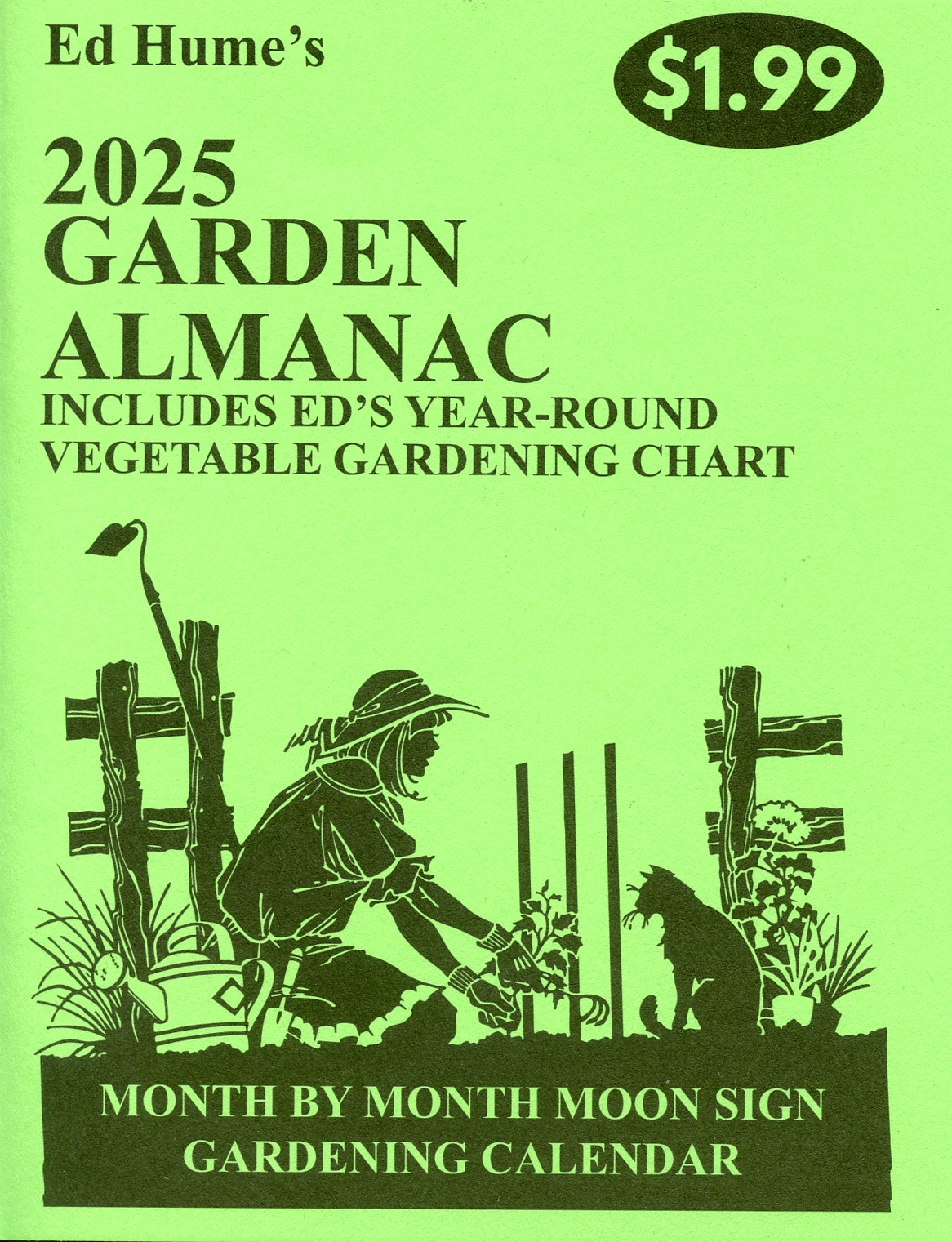 2025 Moon Sign Garden Almanac$1.99
2025 Moon Sign Garden Almanac$1.99 -
 Tomato – Oregon Spring$2.09
Tomato – Oregon Spring$2.09 -
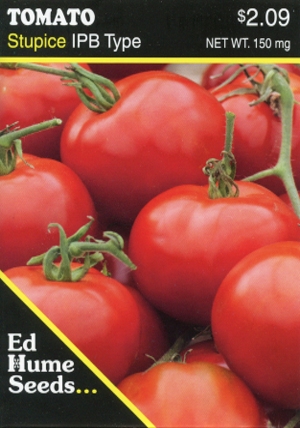 Tomato – Stupice IPB Type$2.09
Tomato – Stupice IPB Type$2.09 -
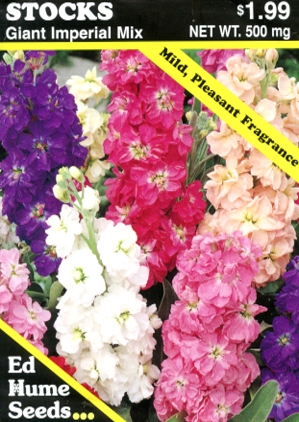 Stocks – Giant Imperial Mix$2.29
Stocks – Giant Imperial Mix$2.29 -
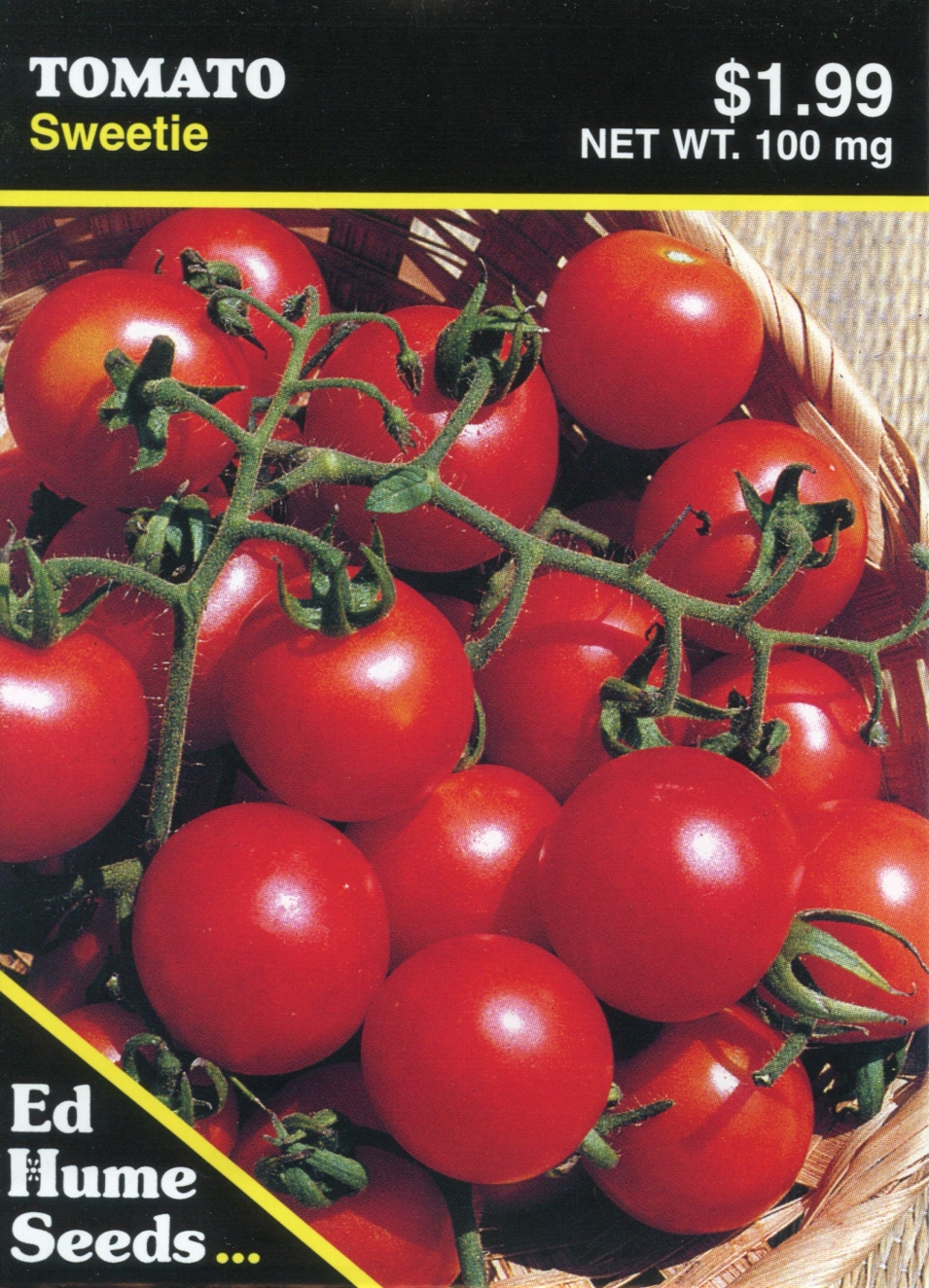 Tomato – Sweetie$1.99
Tomato – Sweetie$1.99 -
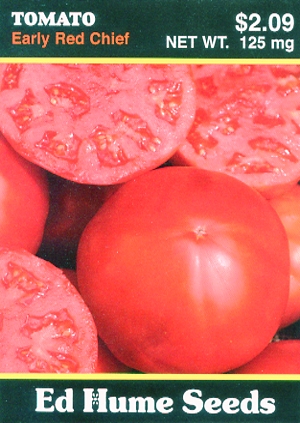 Tomato – Early Red Chief$2.09
Tomato – Early Red Chief$2.09 -
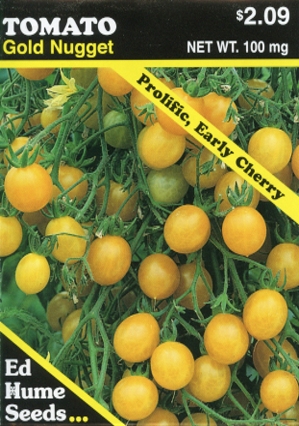 Tomato – Gold Nugget$2.09
Tomato – Gold Nugget$2.09 -
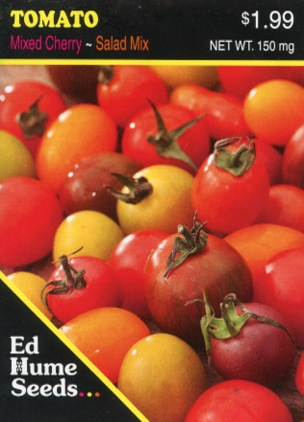 Tomato – Mixed Cherry$2.09
Tomato – Mixed Cherry$2.09 -
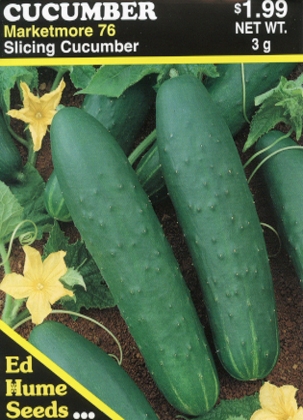 Cucumber – Marketmore 76, Slicing Cucumber$2.09
Cucumber – Marketmore 76, Slicing Cucumber$2.09 -
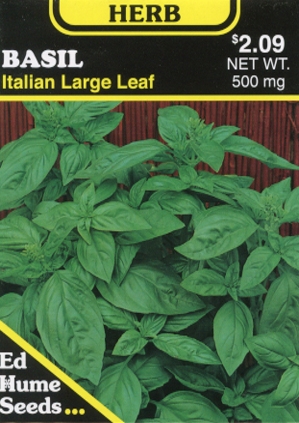 Basil – Italian Large Leaf$2.09
Basil – Italian Large Leaf$2.09 -
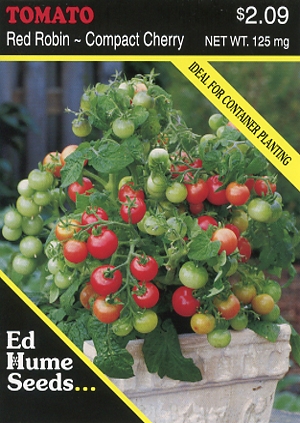 Cherry Tomato – Red Robin$2.09
Cherry Tomato – Red Robin$2.09 -
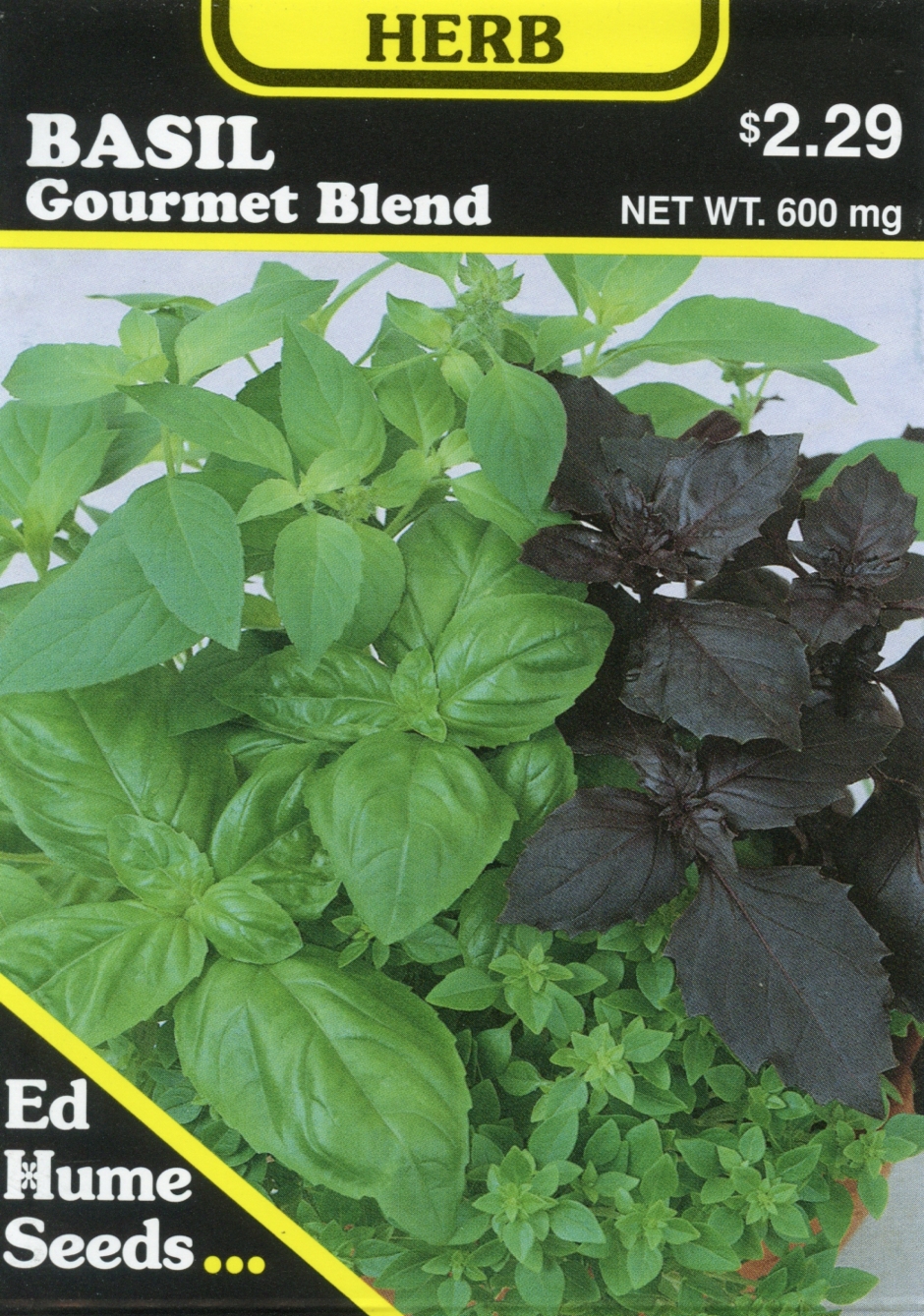 Basil – Gourmet Blend$2.29
Basil – Gourmet Blend$2.29
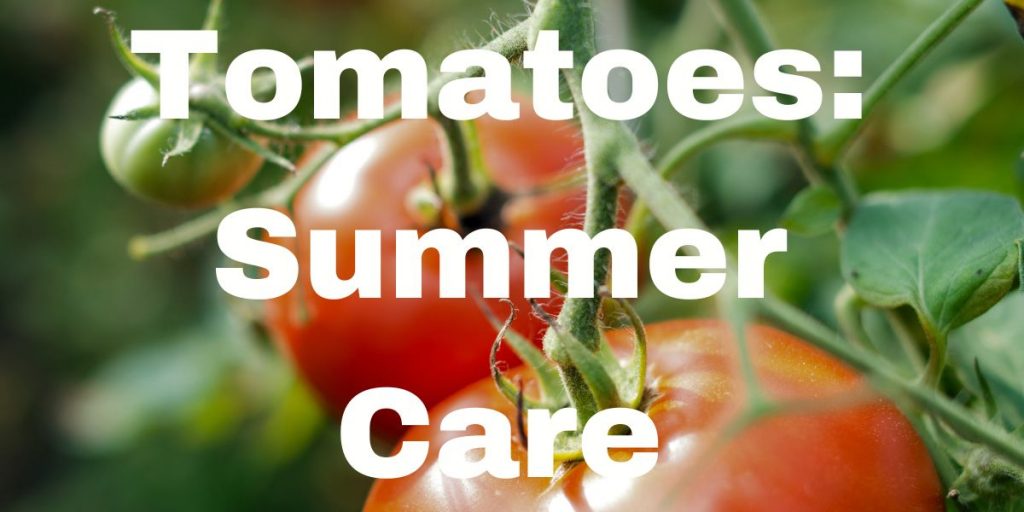
My tomatoes would die with the snow when the cold weather came.I need to plant new tomatoes every year.Thanks for the information.
Did I miss comments/suggestions about using black mulch (we now use the compostable version of plastic) for tomatoes, peppers, and eggplants? We believe that its use warms up the soil and gets them off to a good start. Some folks use red color as well.